
Welcome back to the Miss Details blog series on Customer Acquisition Cost!
We’re about to start taking our deep dive into the world of CAC, and show you why it’s so crucial that you understand this concept and apply it to your business. If you missed it, don’t forget to check out our introductory piece, where we explain why knowing your CAC can be a game-changer in the right setting, and preview the entire series.
Today, we’re going to explore the basic concept behind CAC and start to explore its complexities. We’ll discuss various methods of customer acquisition—and one crucial factor that most business owners neglect.
Quick Links for the Full Deep Dive Series on Customer Acquisition Cost
Part 1: Introduction | 

The Big Calculation: Determining Your CAC
At its most basic, customer acquisition cost is a simple formula: the total amount of money spent on acquiring customers, divided by the total number of new customers you’ve acquired during that time. For instance, if you have 500 new customers in June and spent $25,000 to acquire them, then your CAC for that month is $50.
However, calculating your CAC is usually much more complex.

Counting Customers
How many customers do you have?
Seems like an easy question, right? But the more you think about it, the more complicated that question becomes. And without knowing your customer base, it’s impossible to figure out your customer acquisition cost.
Let’s say you own a retail establishment, selling high-quality homemade tables. If you sell five tables in a day, it’s easy enough to say that you had five customers that day. Then again, there weren’t only five people in your store — there were dozens of potential customers walking around, examining your goods, familiarizing themselves with your brand. You could even include the people who visited your store’s new website, or those who only window-shopped. Each of these people is beginning a process that hopefully ends with them buying one of your tables.
In general, it’s okay to count only the number of people who have actually purchased your product or service as your customers, in order to get a rough estimate of your CAC. But be aware that there’s a greater number of people who are within that loop who are already affected by your customer acquisition expenditures. As you learn more about your customers and how long they took to become your customer, you’ll be able to gain greater insight into how your costs affect long-term habits in addition to your immediate customers.
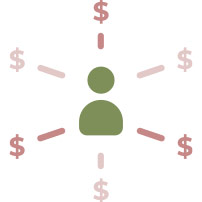 Spending Habits
Spending Habits
Once you know your customer base, you will need to figure out how much money you spent on attracting those customers. Similarly to counting customers, determining what expenditures go towards customer acquisition starts off simply, but quickly gets more complex.
The most direct money spent on customer acquisition is marketing. Business owners spend marketing dollars solely to make impressions on customers, whether presenting them with a direct deal, keeping their brand name fresh in people’s minds, or enforcing their business’s mission and message.
But no business only has one type of customer acquisition cost. For example, a retail outlet that spends money on a new outdoor sign or window display is spending money on customer acquisition cost. So is an entrepreneur who spends money on a new website, and so is a manager ordering business cards. There are all sorts of secondary costs that factor into your CAC, and will depend on your specific business’s industry and size, among other factors. (We’ll talk more about that in the next post in the series.)
Client Acquisition Methods: How to Reel Them In
There are many different types of marketing outputs, depending on media type, direct or indirect marketing, budget size, and more. Here are some of the more common types of client acquisition marketing methods that you might encounter.

Content Marketing
There’s no doubt you’ve consumed content marketing out in the wild (in fact, you’re reading it right now). It includes blog posts, podcasts, videos, and other types of consumable content that, while it might not even mention the brand outright, is designed to help draw you towards the brand’s purpose.
When content marketing is done right, it doesn’t feel like content marketing at all. Good content marketing is useful on its own merits —it can teach valuable lessons, tell interesting stories, and provide useful tips. And if your content marketing is thoughtful, consistent, and connected to your brand’s mission, it can be a remarkably effective way of driving traffic and increasing engagement, leading to more customers.
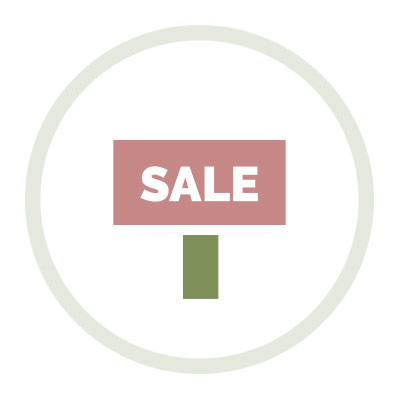
Direct Sales
It’s the oldest type of marketing there is: making contact with another person, one-on-one or perhaps in a group, and convincing them right then and there to buy your product. It’s certainly not easy, and not everybody is fantastic at direct sales, but it’s certainly a viable option for certain services and products, especially those that benefit from demonstration. Some products or services benefit from direct sales: think about going to the auto show and watching an expert salesman display a new type of cleaning solution.
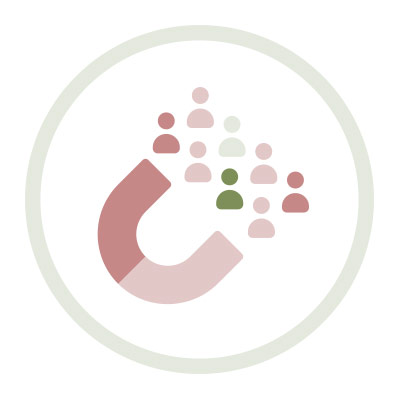
Lead Generation
You can think of lead generation as the opposite of direct sales - that is, ‘delayed sales.’ While direct sales is about sealing the deal right in that specific moment, lead generation is about making a connection with a future customer, and getting them into your orbit until you’re ready to pull them in with a specific offer. For many businesses, that may involve getting a customer to sign up for your email newsletter or a blog’s RSS feed, following your business on social media, interacting with your website, or other such exchanges that require a small amount of effort from the customer, but that result in them learning more about your business and staying in regular contact with it.
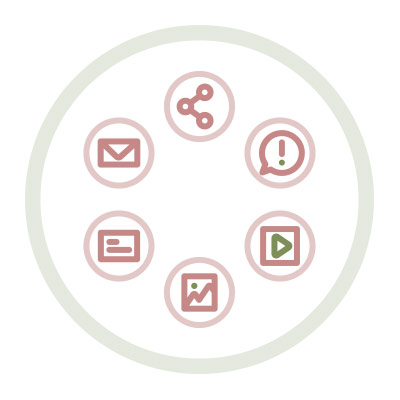
Social Media
One of the most significant changes in marketing during the 21st century has been the introduction and subsequent rise of social media. Twitter, Facebook, Instagram, Snapchat, and other social media platforms all have nine-figure user bases or more, with users consuming content on multiple channels 24/7. Numerous companies have used social media to their advantage, building up followings of tens of millions of potential customers to whom they can introduce the brand and reinforce its values, as well as introduce sales pitches and test marketing concepts. There are a wide variety of costs associated with social media depending on how heavily you use it. Some companies have increased their brand visibility at the cost of sending a few Tweets, and others rely on expensive production value for viral videos.
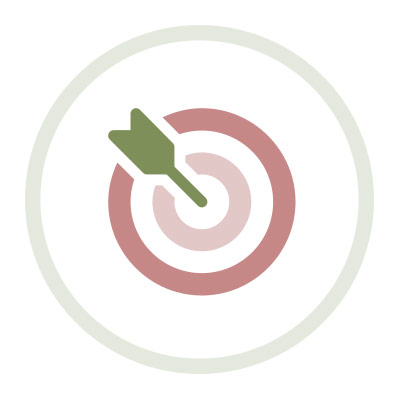
Targeted Ads
Companies are constantly tracking consumers to learn more about their interests and spending habits and to create targeted advertisements. Targeted ads are those you’ll see on websites and in emails that directly speak to you, because they know what you like— if you buy pasta every three months, then expect to start seeing pasta ads around the time you’re ready to restock. If you are buying a lot of baby clothes, a crib, and paint, then target advertisements will start pushing you towards more products for new parents. By focusing their ads specifically on people who are in their market, advertisers are able to avoid wasting money on people who will never be their consumers.
Don’t want to miss out on our articles and insights?
Sign up for the Miss Details newsletter today.
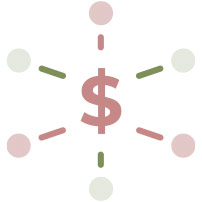
Networking: The Silent Money-Saver
There’s one factor we haven’t yet touched on in this piece that’s going to affect your CAC, especially if you’re in a service industry. It’s not something you typically spend money on, at least not in a traditional sense. It’s something that takes up time and that can be fun if you’re doing it right, but also can be exhausting and a garbage chute for your time and resources.
That’s right: we’re talking about networking.
Let’s say you have the opportunity to attend a function in your hometown– a private gathering that includes several thought leaders or potential business leads for your company. Attending that event might include an expensive ticket and the purchase of a new piece of formal wear—not to mention hours or days of your time.
These days, there isn’t much in-person networking going on. As society goes more and more digital, networking opportunities are taking place in digital spaces, such as Zoom conferences and Skype chats. We include strategic social media activity here as well. And while that might cut down on your up-front networking costs, it won’t chip away much at the biggest one: time.
You’ve heard the saying ‘time is money’, but in this case, we really mean it! If you’re an entrepreneur trying to get your company off the ground, any time you spend on your business that isn’t directly focused on sales is going to take away from your bottom line. But if spending a certain amount of time helps you bring in more business, then that time is valuable, indeed.
There’s no magic bullet towards figuring out how valuable networking is for your specific industry or business. You’ll need to spend some time trying out different types of networking opportunities, and seeing which business opportunities spring from them. Eventually you’ll develop a sense of what’s worth your time, and when you’re better off taking a pass.
Now that you have a better idea of all the potential factors that can affect your CAC, you should be able to start to develop a better idea of your own company’s costs, and how they affect your bottom line. Knowing that cost can help you better price your product, find the right market, and grow your business.
Moving Forward: Industry Costs + Networking Thoughts
In the next piece in our series, we’ll be looking at the way different industries approach Customer Acquisition Cost, and how your specific industry can affect your CAC.
Meanwhile, some homework: think about the networking opportunities you encounter in a typical month, week, or year. Make sure you have enough of a sample to draw from. Try to figure out your costs for those events, both actual costs (e.g., travel) and imagined (e.g., missed sales). Don’t forget to value your time and salary! Then, if you can, try to evaluate how many sales you made from that event, whether directly or indirectly. Was that event worth it for you to attend? Would you go again?
More reading on customer acquisition cost.
Until next time,
Miss Details
More From This Deep Dive Series on Customer Acquisition Cost
About Miss Details
Founded by Tanya Gagnon in 2004, Miss Details is a full-service branding and design firm which helps entrepreneurs and companies launch, adjust and reinvent key aspects of their branding and business marketing strategy. With a background in all aspects of interior and experiential design and a passion for data-backed design, Tanya leads the Miss Details team to guide her clients through everything from a refreshed website to a full rebranding, helping them put the pieces together to create a consistent, authentic, unique brand image.



